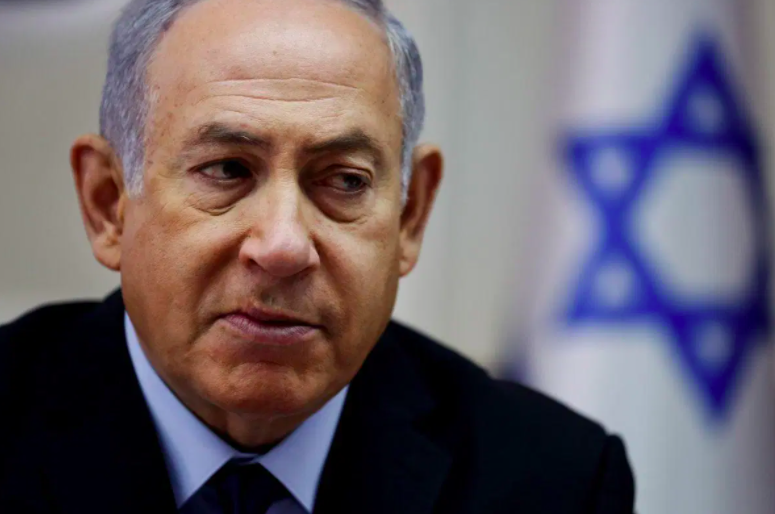When Israelis awoke on the morning of Sunday, May 17, something was different. By the end of the day, for the first time in over 500 days, they were in a country with a fully functional government.
For almost a year and a half, the Likud political party under Prime Minister (PM) Benjamin Netanyahu and the Blue and White party under retired General Benny Gantz, slugged out a grueling political battle. The election in March 2020 wasn’t their first matchup. The political fight of their lives spanned across three elections in less than a year. However, to get to the real origins of the story, one has to go back a little further.
Login to read more
Sign in or create a free account to access Subscriber-only content.
Topics:
